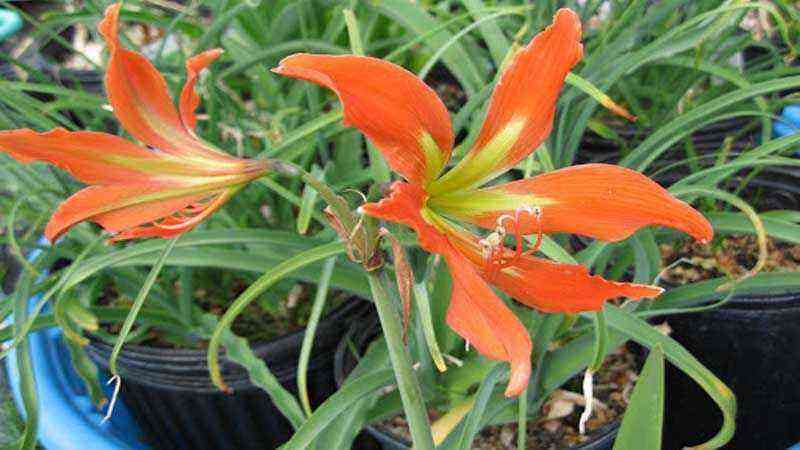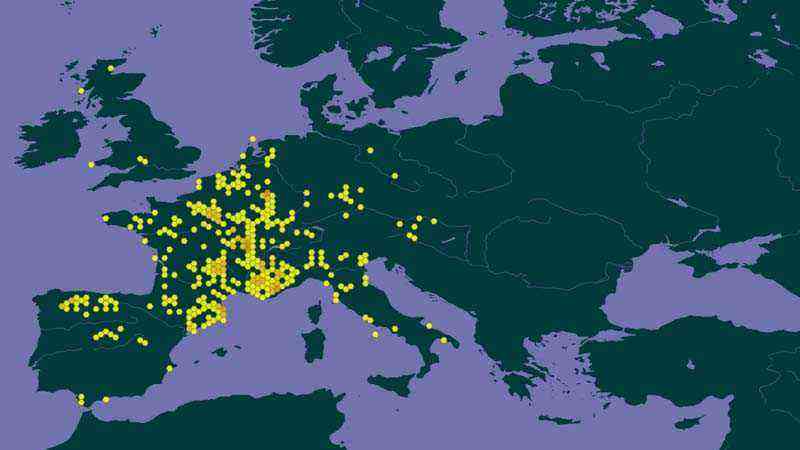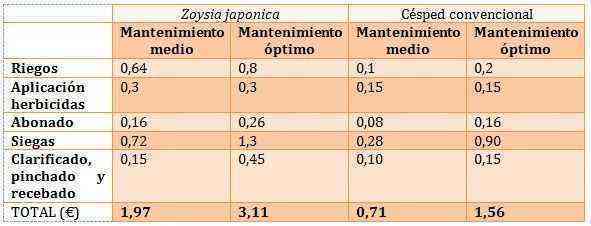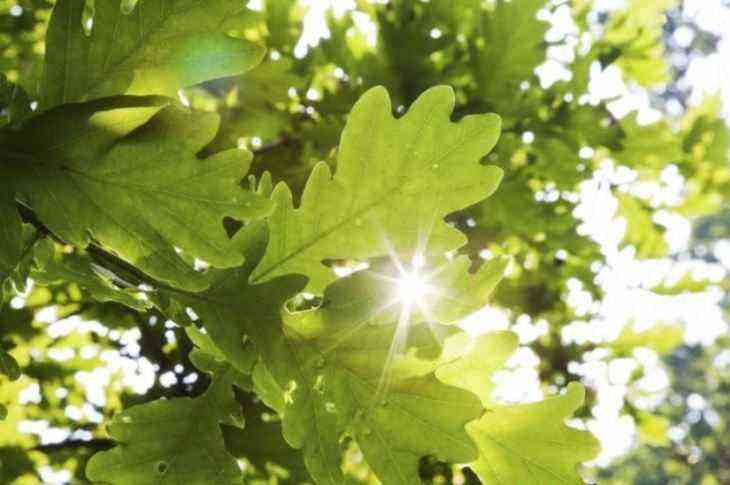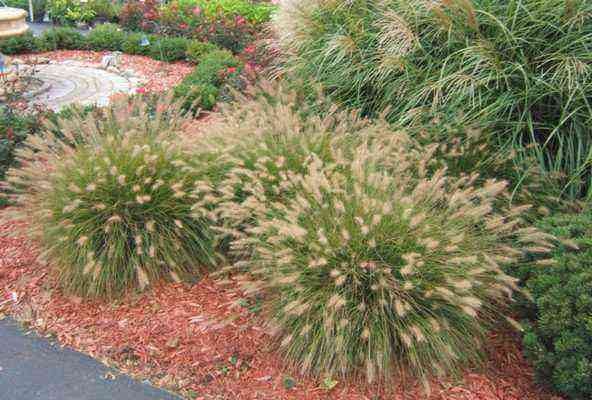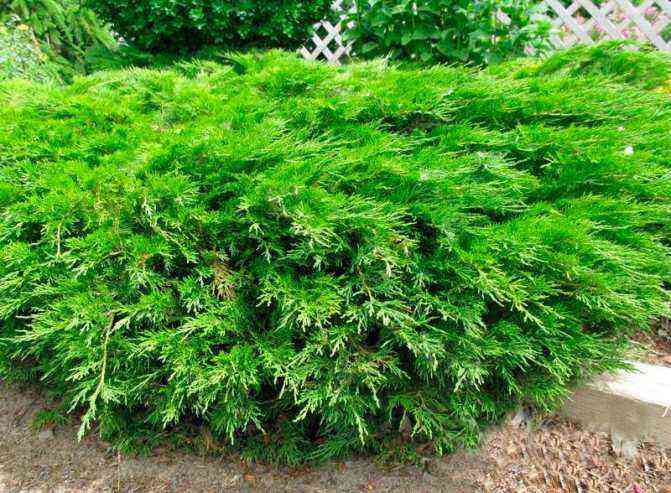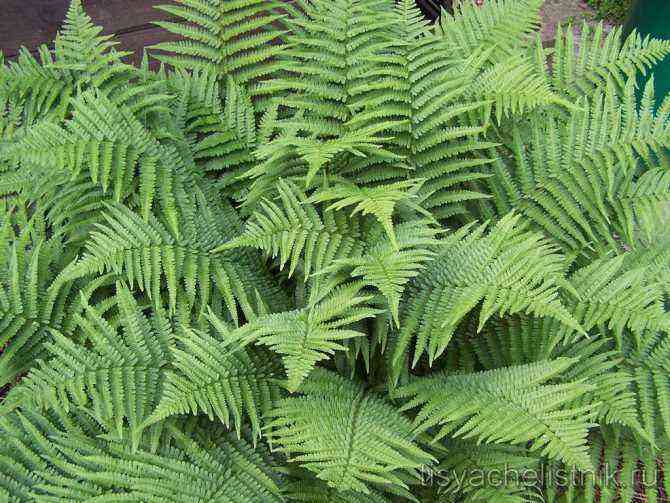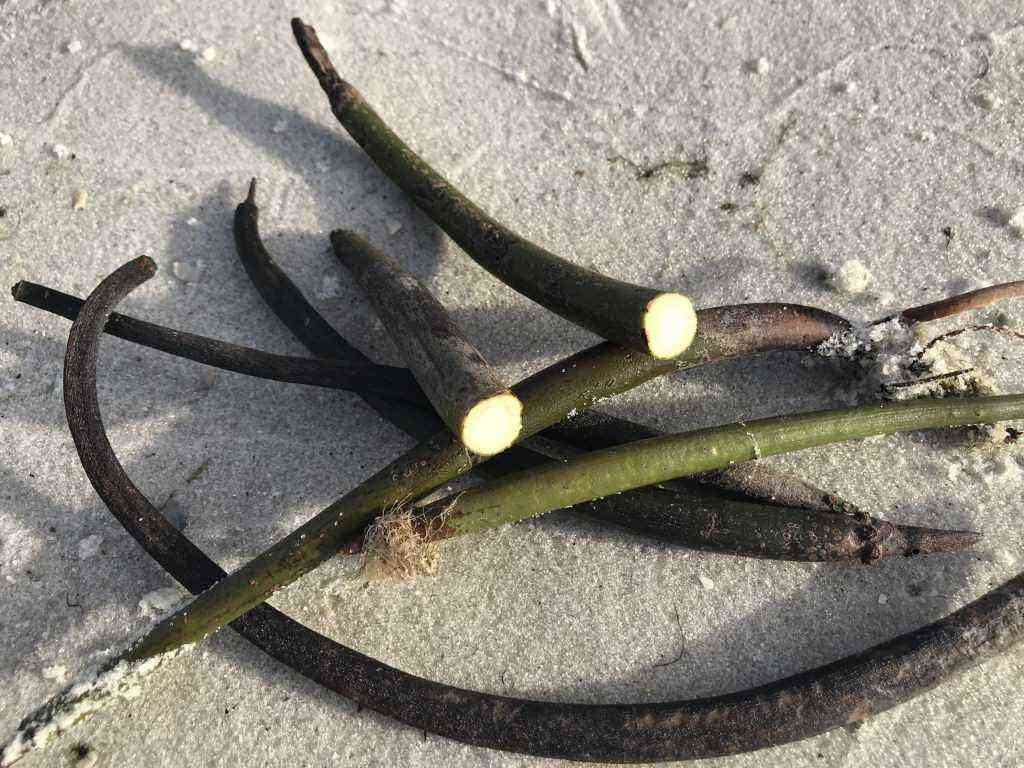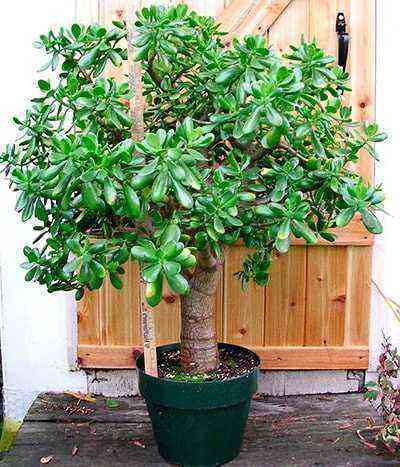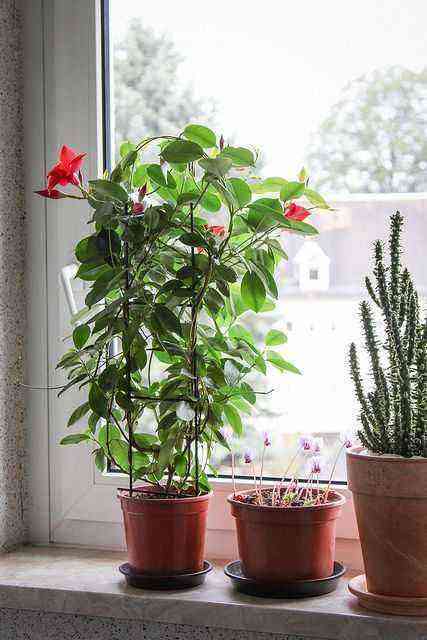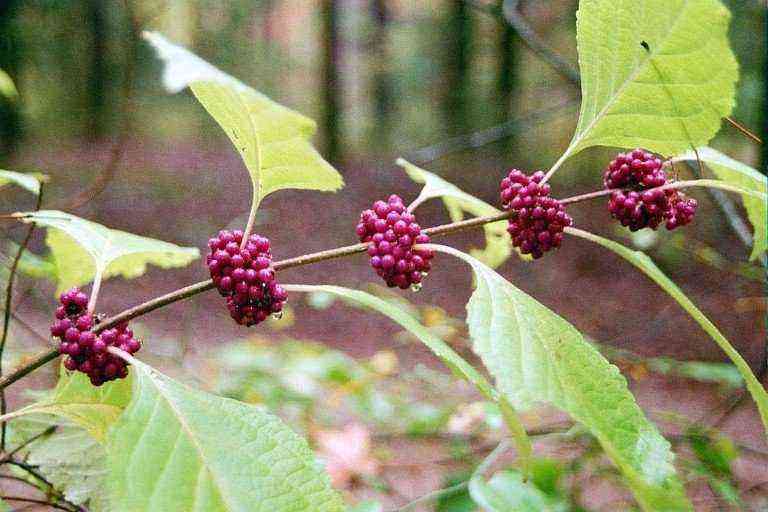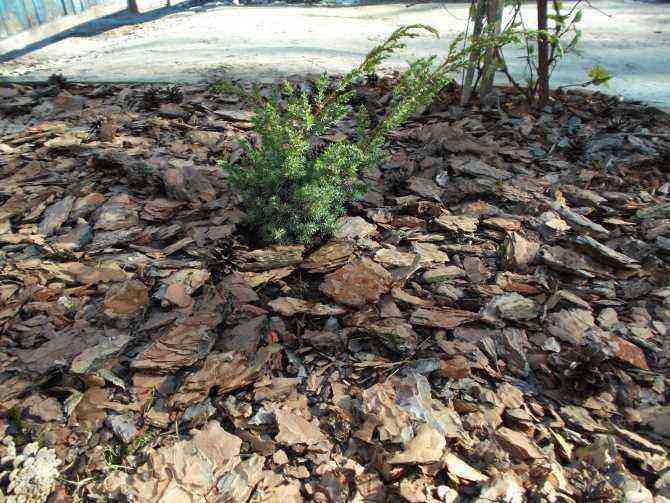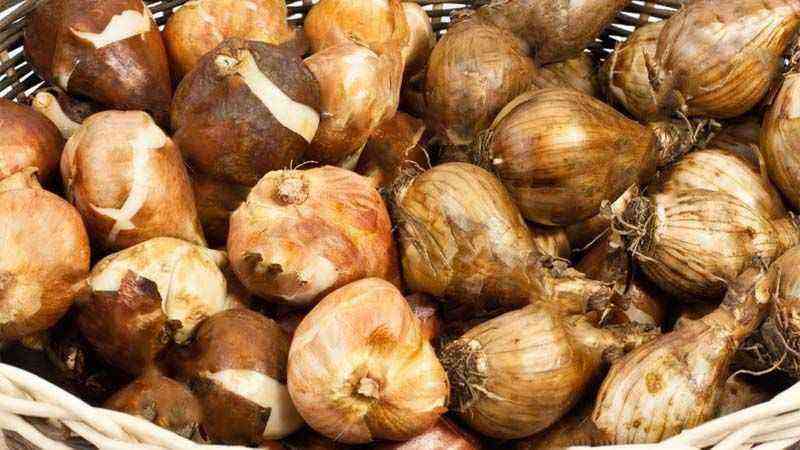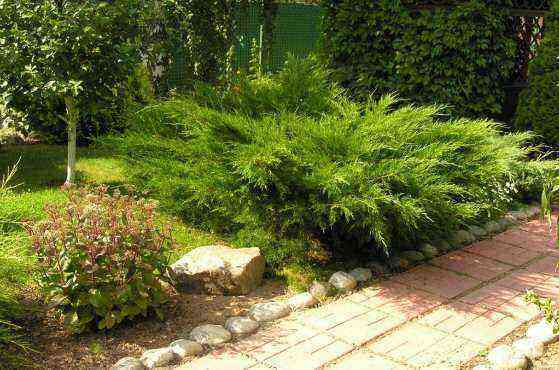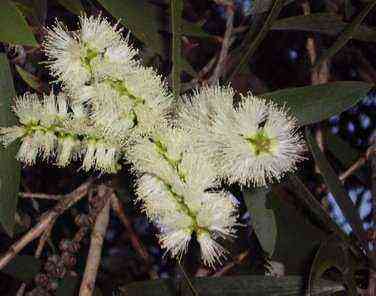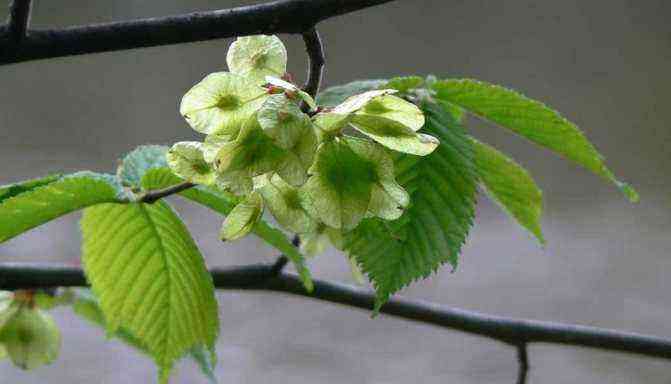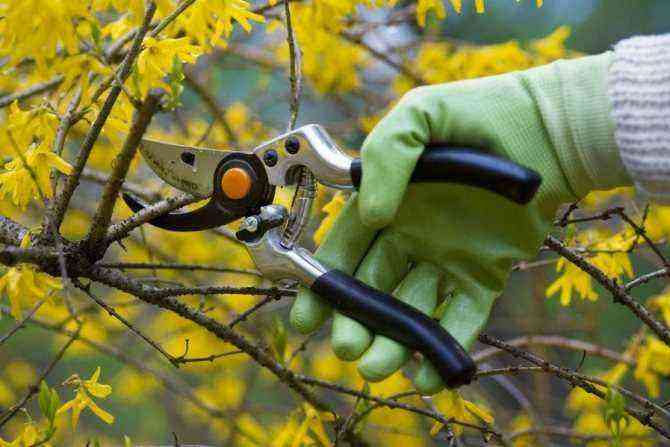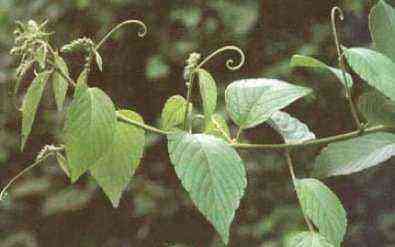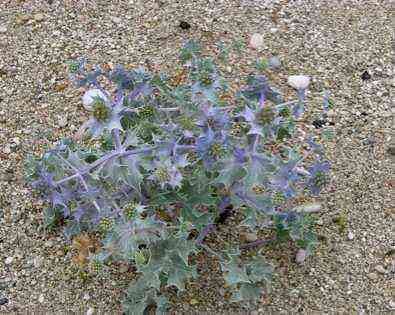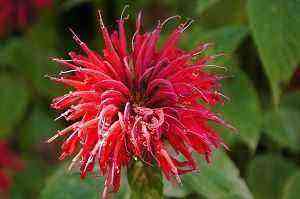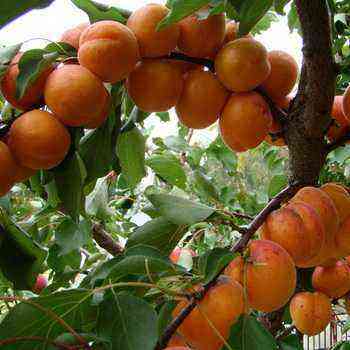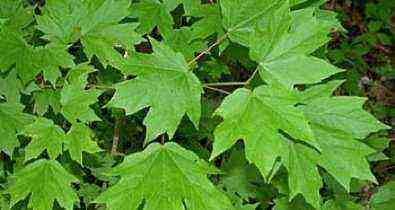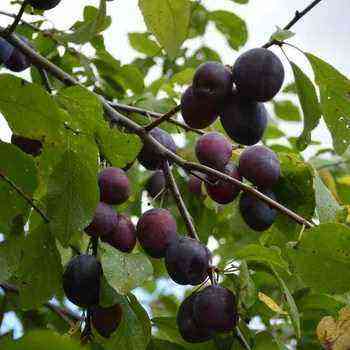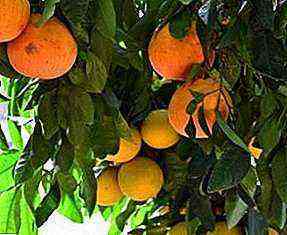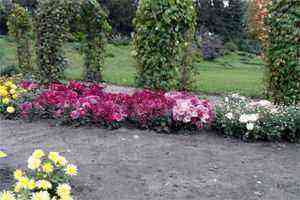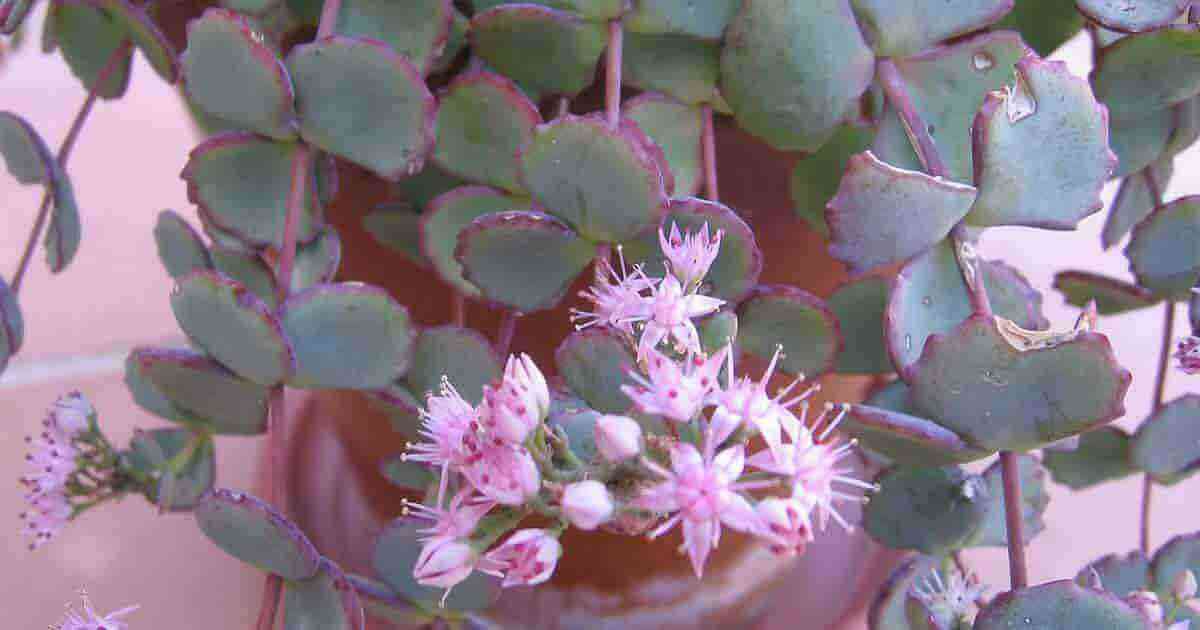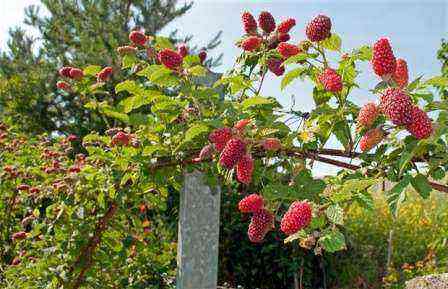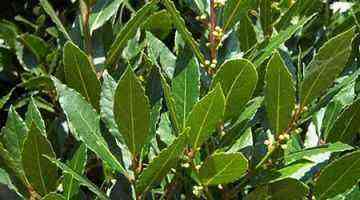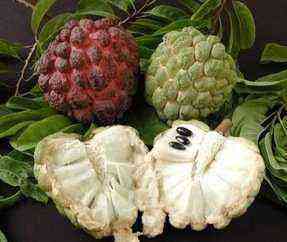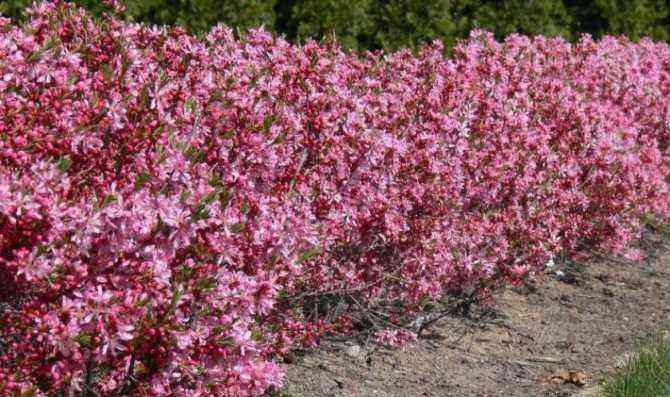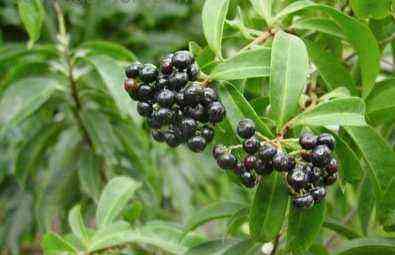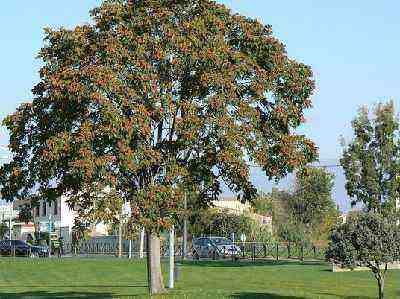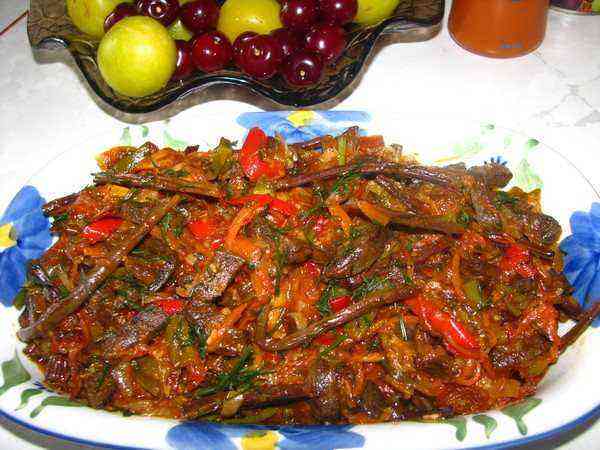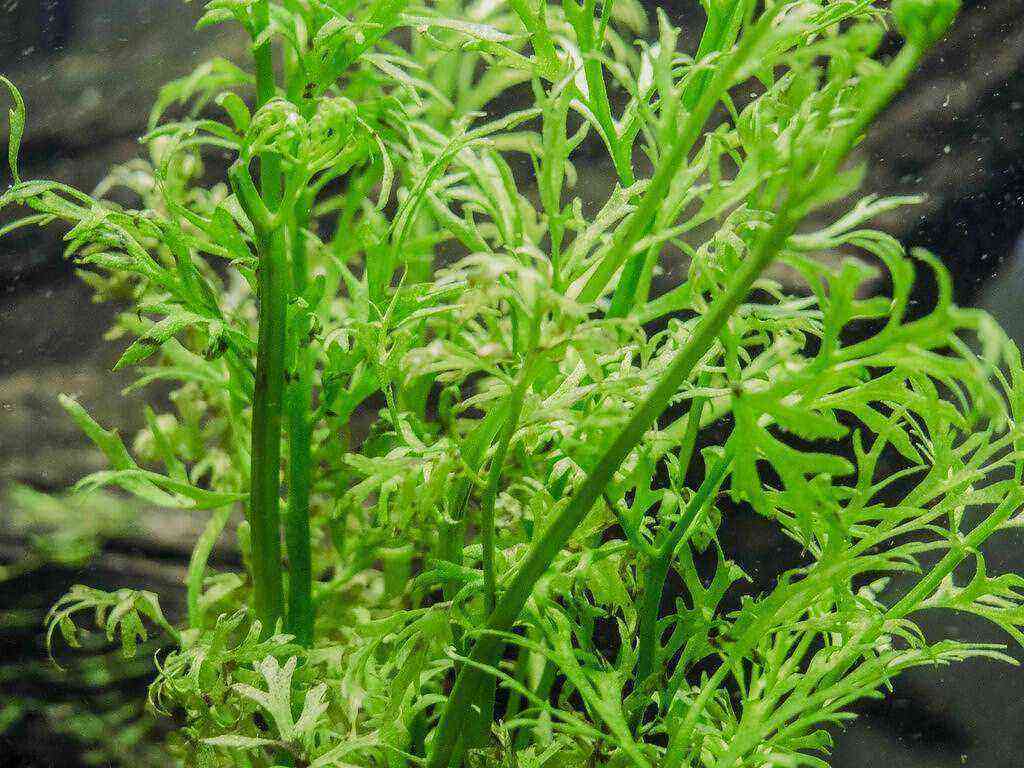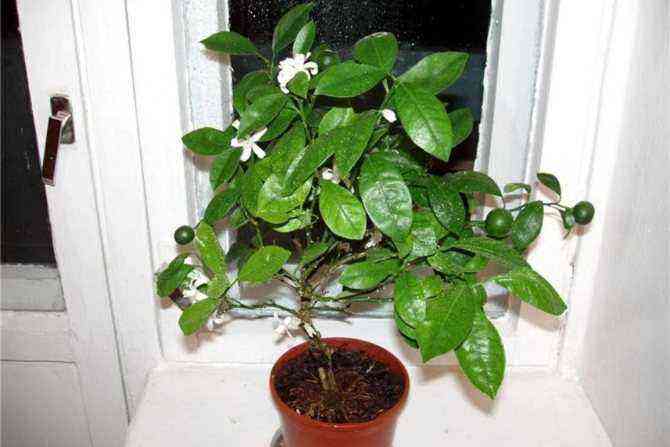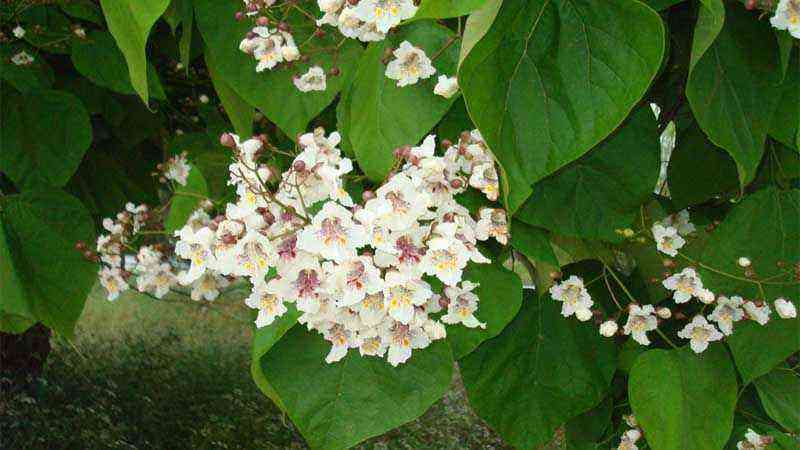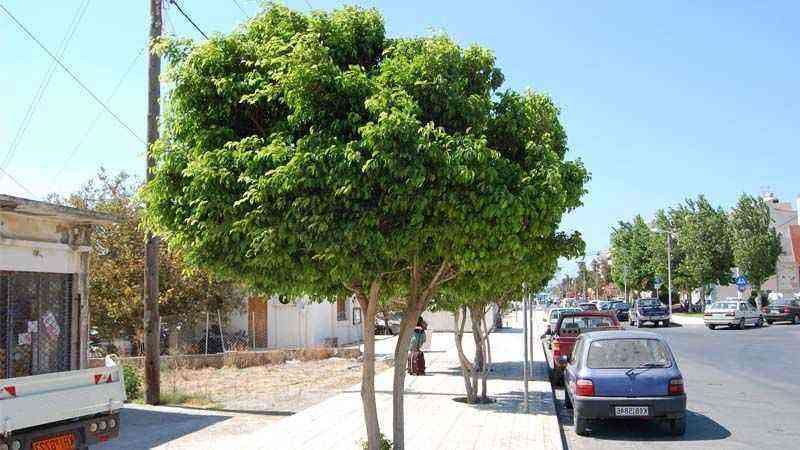Today in Agromática we are going to talk about a very curious plant: the belesa. Not because of its properties, not because of its flowering, not even because of its ornamental value (although it has it), but because it gives rise to a Spanish word.
Origin of Beauty (Plumbago europaea L.)
The belesa or matapeces is a plant belonging to the plumbagáceas family. The gender Plumbago it includes very few plants. Currently, according to The plant list, there are only 17 accepted species of this genus and Plumbago europaea L. is the one that describes the genus.
It is a plant of mediterranean origin and very widespread in Spain, although its extension indicates that it does better in the Mediterranean area. In a wild way we can find it in poor soilss, wastelands, rocky areas, dry and sandy places, saline near the the, in the gutters …
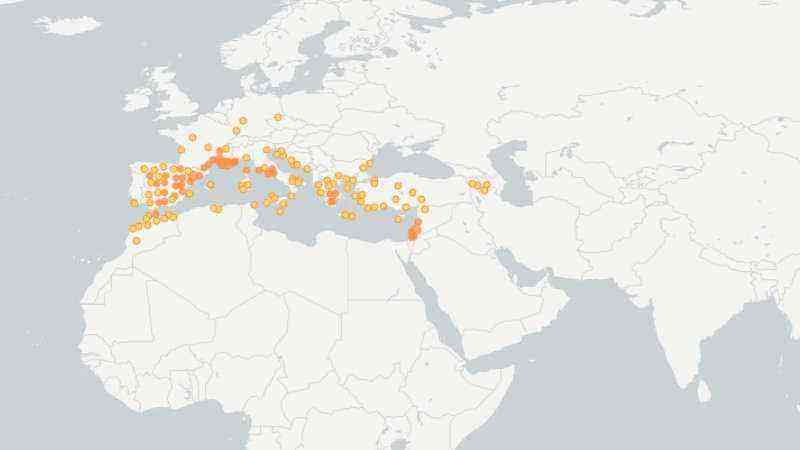

Beauty Distribution (Plumbago europaea L.). Source: GBIF.org
Main characteristics of the belesa
It is a perennial plant in zwarm and warm areas. In areas with harsh winters it dies, but the following spring with good temperatures it begins to sprout. It is creeping shrub bearing, not exceeding more than 1 meter but it is usually kept in sizes of 30-60 cm usually.
Its flowering is in spike, with numerous pink flowers. As we can see in the detail of the flower, the small inflorescences consist of 5 petals and a clearly tubular corolla as well as its peduncle. With the naked eye we can see the free stamens. The flower is small. Not more than 1,5 cm but with enough inflorescences, it has a certain attraction.
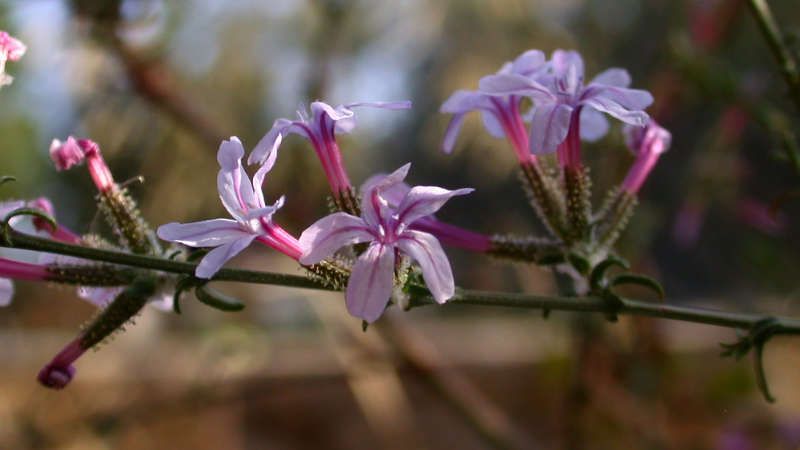

Detail of the flower of the belesa. Photo by: Tico
What Spanish word can be derived from the Belesa?
And here comes the literary part of the article. Many times we tell you that scientific names give us an idea of the type of plant we are dealing with. Its smell, color, shape of its fruits, its uses, properties … This is the case, for example, of all those species that end with officinalis. We will know that it is a plant used by some medicinal property human consumption.
In this case we can deduce from the scientific name that it is a species with European origin. In view it is according to the previous map. We can also infer certain things of the genre Plumbago. In English this plant is called leadwort. The word does not have a literal translation but we can divide it into lead, lead and wort, must.
And this is when direct association comes in. In English lead is bullet. But it is not that it comes from English but from Latin Plumbum, (lead) because it was believed to be a good treatment for lead poisoning. Leadwort therefore it could be translated by lead concoction or for lead.
But in this case, it is the common man, Belesa, who is going to generate a word from our rich and recognized vocabulary and it is …
Embellish
According to the RAE, the definition of captivating is: to capture or captivate the senses. Alluding to a state of bewilderment, self-absorption or confusion. You will have heard many times phrases like being enchanted by someone, by their beauty.
The root of the word is due to this plant. It loaded. In – beauty, which acquires the status of the belesa.
And that’s when we turn to his vulgar middle name: matapeces. It could be that this term confuses us but it only reaffirms its origin.
The belesa is a plant with narcotic properties, thanks to a chemical compound called plumbagina, (now you know that many plants of the genus Plumbago have this substance) a naphthoquinone which has effects on the central nervous system apart from other properties such as fungicide, cytotoxic and bactericidal¹.
Thanks to this molecule, belesa has been used to stun and lull the fish in the pools and small ponds for fishing. Simple as that.
And this brings us to another term: envarbascar whose meaning is to fish with verbasco or other similar plants, a practice that the Romans already exercised with the original plant that gave rise to this term (Verbascum thapsus) or Mullein. This is totally prohibited in Spain. There are many plants with various compounds traditionally used as ‘fish killer’ plants to facilitate fishing¹.
Leaving aside the etymological and linguistic part of the term, let’s see the cultivation properties of the belesa and if it has real ornamental interest.
Cultivation and care of the belesa
Temperatures and lighting
It is a Mediterranean plant so it does not tolerate cold well. Its Mediterranean character makes it well tolerate high summer temperatures. In cold areas it is very possible that it has to be covered or taken to a greenhouse if we want its perennial character. Requires full sun. South orientations are the best. It is a climbing and / or creeping plant, so it can be used as a floor covering taking into account the orientation.
Irrigation and humidity
It tolerates drought but if it is watered with some assiduity in summer, we will achieve optimal growth. As we always say, abundant watering does not mean doing it daily. Let’s think that the Mediterranean area can have full months of drought in the summer period. For this reason, it is recommended to water by letting the soil dry between waterings. Otherwise it is very easy to get to the dreaded root asphyxia.
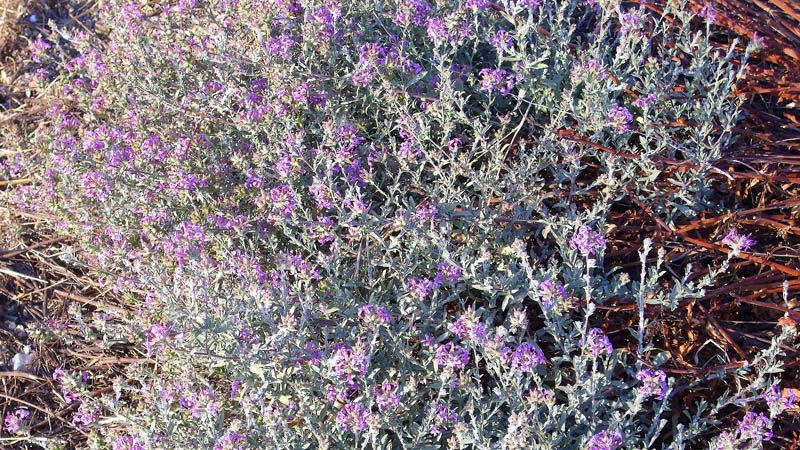

Photo from: Wikimedia commons. Its ornamental appeal is not exaggerated as we can see in this photo.
Soil and fertilizer
Taking into account the habitat and the type of irrigation we can infer the type of soil. Mediterranean areas usually have calcareous soils, somewhat saline, therefore having a basic pH although it tolerates neutral and slightly acidic soils as well. Inside part soil textural we will need a floor draining, somewhat sandy, that does not puddle in the least.
Composting is not necessary as it grows on bare, rocky and poor soils, but generic compost can be used in the irrigation water shortly before and during flowering (spring to late summer). The subscriber frequency can be adjusted to the irrigation frequency. Approximately every 15 days. This in case we want greater growth
Beauty pruning
It tolerates pruning well. Being climber and upholstery this plant branches a lot, and pruning favors precisely this. The pruning season is just right after flowering. It does not require special indications. Limit yourself to pruning to shape or lead it wherever you want depending on the configuration of the garden or area to be upholstered (fence, wall …).
Plagues and diseases
It’s a plant quite rustic and little affected by viruses or fungi except in cases of excessive humidity. Like almost all garden plants, it can suffer from attack of aphid so we will have to watch this and add potassium soap or specific products in case of the presence of this uncomfortable pest.
Propagation
It does by seeds. It should be done in a greenhouse or seedbed in cold areas, when the winter frosts subside. It can transplant to the outside when it is certain of absence of unexpected frosts of last minute.
Other species of the genus Plumbago
Although this plant is the type species of the genus, there are other species with greater ornamental value. The best known is Plumbago auriculata or also called Plumbago capensis. They’re synonyms. Its common name is Blue jasmine.
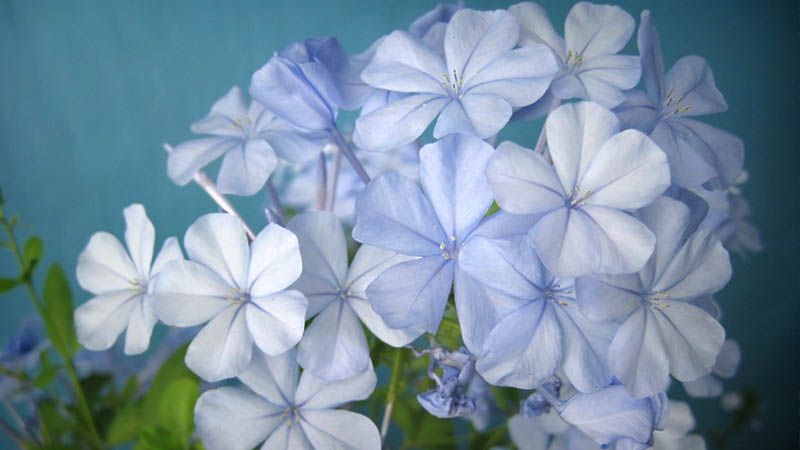

References:
